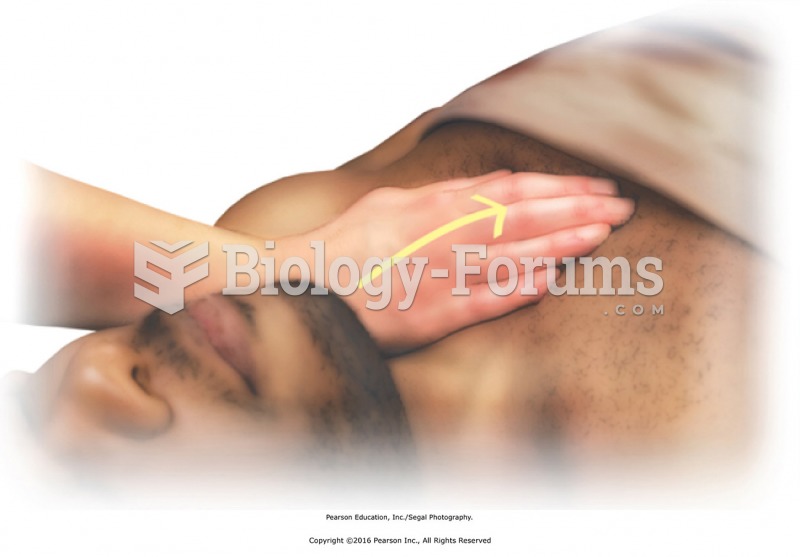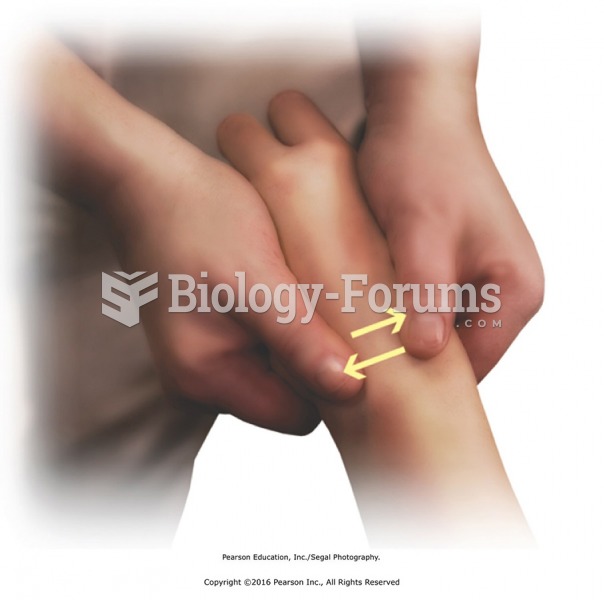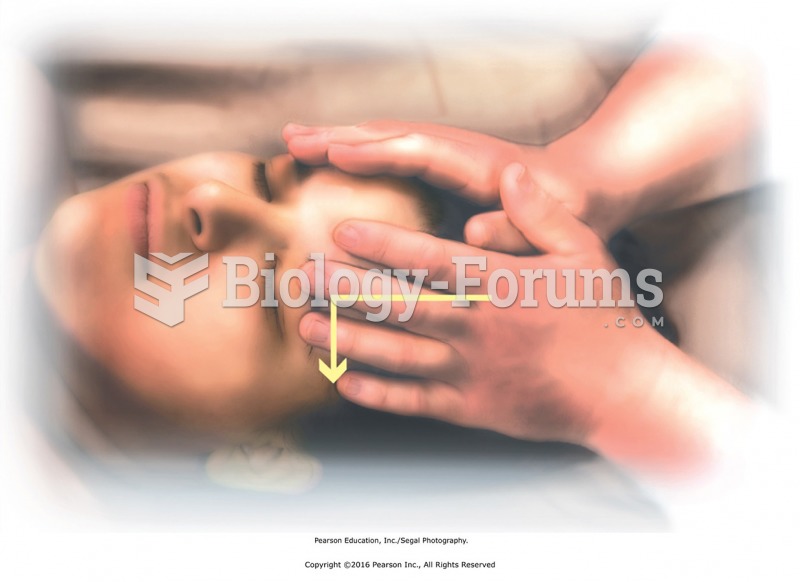|
|
|
Illness; diuretics; laxative abuse; hot weather; exercise; sweating; caffeine; alcoholic beverages; starvation diets; inadequate carbohydrate consumption; and diets high in protein, salt, or fiber can cause people to become dehydrated.
There used to be a metric calendar, as well as metric clocks. The metric calendar, or "French Republican Calendar" divided the year into 12 months, but each month was divided into three 10-day weeks. Each day had 10 decimal hours. Each hour had 100 decimal minutes. Due to lack of popularity, the metric clocks and calendars were ended in 1795, three years after they had been first marketed.
As the western states of America were settled, pioneers often had to drink rancid water from ponds and other sources. This often resulted in chronic diarrhea, causing many cases of dehydration and death that could have been avoided if clean water had been available.
The Romans did not use numerals to indicate fractions but instead used words to indicate parts of a whole.
Pubic lice (crabs) are usually spread through sexual contact. You cannot catch them by using a public toilet.
 Effleurage over sternum. Apply with the palm of the hand between breast tissue. Omit this technique ...
Effleurage over sternum. Apply with the palm of the hand between breast tissue. Omit this technique ...
 Apply passive touch over the eyes and cheeks to finish. Place the hands, using very light pressure, ...
Apply passive touch over the eyes and cheeks to finish. Place the hands, using very light pressure, ...
 Hold hand around thumb and little finger and apply broadening strokes across the metacarpals. Press ...
Hold hand around thumb and little finger and apply broadening strokes across the metacarpals. Press ...




